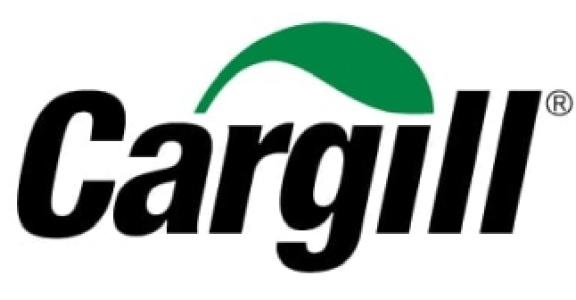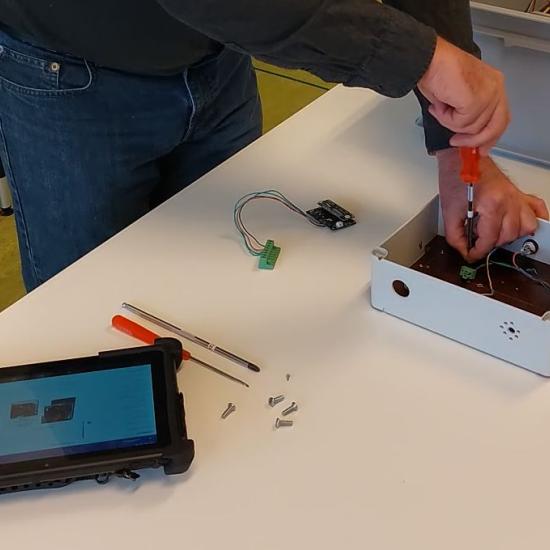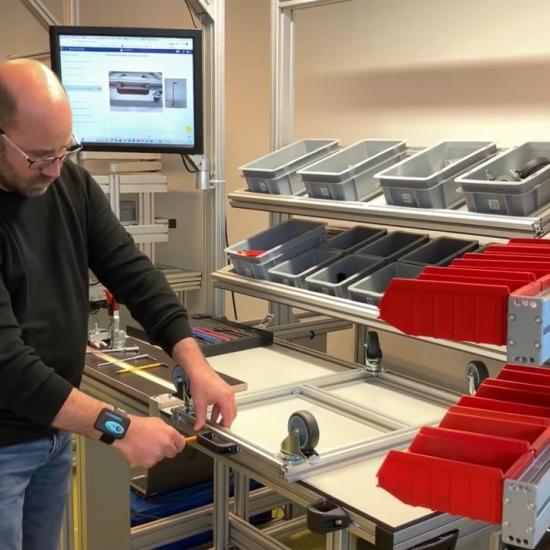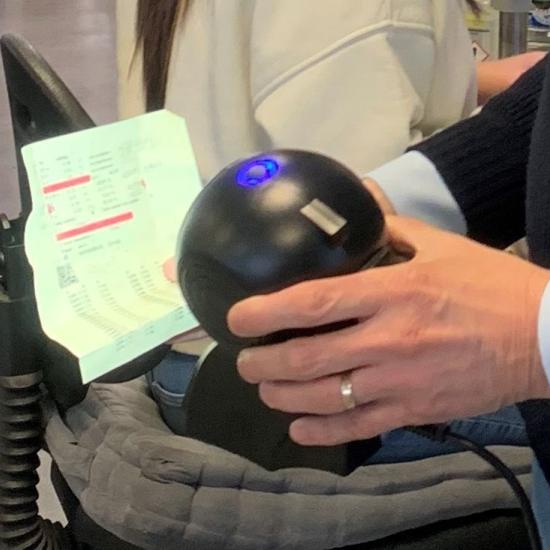Can cobots be used to place different products from a pallet on to a filling line? Cargill, an international food producer, sought and found the answer to this question during an instructive project.
Cargill is an international producer and supplier of food, agricultural products and services. The company has 160,000 employees in 70 countries. Cargill has had activities in Izegem since 1998 and employs about 250 people there. This site is one of the most complex food oil refineries in Europe, has one of the largest filling lines in Europe and has a centre of excellence for packaging. The company invests in research, development and innovation, efforts that were recently rewarded with a Factory of the Future Award.
Step by step towards automatic depalletising
Cargill wanted to investigate whether it could use cobots on the shop floor, specifically for depalletising at the beginning of a filling line for different types of products. It found inspiration for this on Sirris's blog and got in touch. In the run-up to the project, three employees participated in a workshop on safe human-robot cooperation that was organised as part of the ColRobFood project (now finished). This allowed them to gain knowledge about the use of automation on the production floor.
The aim of the project was to de-stack or de-palletise pallets with 'bottles' that need to be inserted into the filling line, where they are filled with oil, the cap screwed on, and then palletised. As we know, de-stacking is now done manually and is a repetitive task with no added value for the product.
From observation to implementation
First, Sirris experts visited Cargill to map out the process environment and current way of working, list the specifications and important preconditions that had to be met, in consultation with the team involved. Afterwards, several manual tests were conducted on different products with different grippers, to find out which type of gripper is best suited for the different types of bottles. A gripper was then custom-made, mounted on the cobot and tests were carried out at the Sirris lab in Diepenbeek.
The next step was to the shop floor. A demo of a commercial product was organised as a first introduction to cobots for several employees at Cargill. A concept for a cobot arrangement on the line was also drawn. The specifications were drawn up and sent to a shortlist of possible integrators to obtain quotations. A Sirris expert acted as a neutral adviser on the spot. This allowed Cargill to make an informed decision about the use of cobots on the shop floor.
Cargill discussed the project in a stakeholder meeting to decide on the implementation partner and to start the actual implementation.
This project is a first automation project with a cobot and is being followed with great interest from several other branches. Sirris continues to follow the project and further developments.




